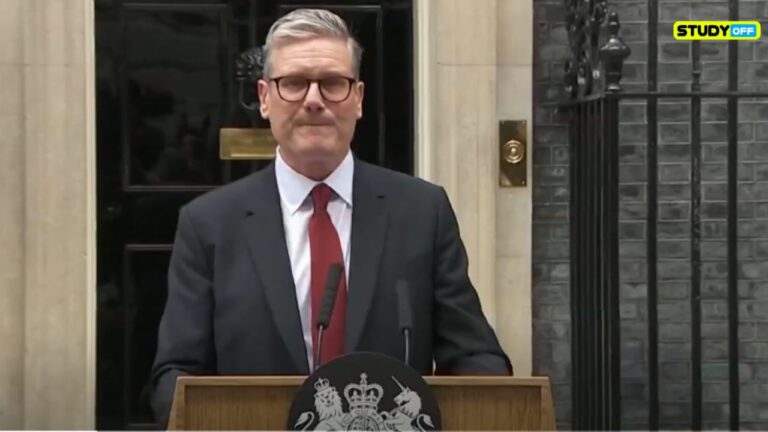Oil Prices Drop As Peace Talks in the Middle East Allay Supply Fears
Oil prices dropped on Friday as the possibility of a Gaza ceasefire eclipsed the robust summertime fuel demand and possible disruptions from hurricanes in the Gulf of Mexico. After peaking earlier in the session at $86.54 per barrel, Brent crude futures fell 89 cents, or 1.02%, to $86.54 per barrel. According to Reuters, US West Texas Intermediate (WTI) oil futures ended the day at $83.16 per barrel, down 72 cents or 0.9%.
WTI futures increased by 2.1% for the week, while Brent witnessed a 0.4% increase. According to Israel Prime Minister Benjamin Netanyahu’s office, the head of Israel’s Mossad has returned from Doha after first talks with mediators aimed at a settlement for a ceasefire in Gaza and the release of hostages.
There are still differences between the negotiating parties, according to Netanyahu’s office. A discovery there would undoubtedly help to ease tensions, according to Again Capital partner John Kilduff. Lowering the risk premium on oil from the Middle East has an effect on pricing and lessens the likelihood of violence in the region.
Due to the Independence Day holiday, WTI did not settle on Thursday, which resulted in light trade. However, due to the US’s high predictions for summer oil demand, prices have risen this week.
Tim Snyder, an economist with Matador Economics, wrote in a note on Friday that “the last couple of days represent the peak of the drive season in terms of demand and prices continue to creep higher.” Hurricane Beryl’s effects and increased consumer demand are to blame for this increase.
The US Energy Information Administration (EIA) said last week that inventories had decreased significantly by 12.2 million barrels, considerably below expert estimates of a 700,000-barrel drawdown.
After killing at least 11 deaths in the Caribbean and damaging buildings and electrical lines across multiple islands, Hurricane Beryl, a Category 2 storm, made landfall in Mexico. Major oil platforms in Mexico are not anticipated to be impacted by the storm, but if Beryl stays on course, US oil installations may see difficulties.
Expectations for higher oil demand have also increased due to the potential for further interest rate decreases in the United States. Though June saw a minor slowdown in U.S. job creation, moderate pay rises and an increase in unemployment to 4.1%, above a two-and-a-half-year high, point to an improvement in labour market conditions.
At the meeting in July, this might result in a rate reduction. According to Kilduff of Again Capital, the employment statistics released this morning indicates that there are certain gaps in the labour market that may lead to a rate reduction even this month.







